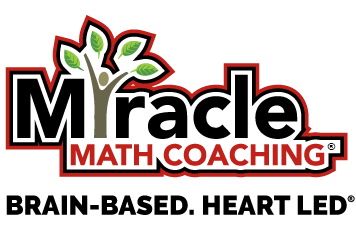Brain-Based Learning Increasing in Popularity
Brain-Based Learning is Quickly Increasing in Popularity Among Educators, Tutors, and Parents
Educators, tutors, and parents are now starting to identify and see the numerous benefits associated with brain-based learning; as a result, this is gaining an immense amount of popularity in terms of contextual education. It is a known fact that the brain plays an immense role in the activities, connections, and lessons that are presented to students.
Educators and course creators are now learning that there are numerous engagement strategies that will connect all of the skills and concepts presented to students in such a way that the brain is able to successfully process these as they relate to our lives, our experiences, and the technological advancements that are currently occurring within our world.
In short, brain-based learning utilizes distinctive strategies and numerous principles that are scientific-based in order to engage students in the learning process.
The Micro and Macro Strategies
All of the strategies utilized in brain-based learning are scientifically created to correspond with the brain and how it functions. Strategies that are deemed “micro” include providing one direction at a time so that the student may process the request, determine which actions must be required, and take the steps to perform those actions.
Strategies that are deemed “macro” include those that focus on what many would consider the “big picture”, such as the goal of increasing the development of neurons in the brain in order to improve a student’s ability to retain and recall information, their ability to learn, and the leveling of their mood.
One example of a “macro” strategy is encouraging a child to engage in physical exercises that will optimize their gross motor skills while building their brain. The child that moves more is the child that will have higher levels of cortisol, dopamine, and noradrenaline in their minds and bodies.
Neuroplasticity Matters
Brain-based learning is founded and presented on the concept that the brain changes consistently. Many scientists refer to this as “neuroplasticity”.
Neuroplasticity matters when it comes to learning.
Educators, tutors, and parents that have a desire to utilize brain-based learning must place a special emphasis on building skills, encouraging reading, the arts, and critical thinking skills.
Our ability to learn is based on our genes, our experiences, and the ability of the brain to rewire itself and completely remap itself to learn new skills and grasp new concepts.
Less is Best
Throughout history, many educators stated that a child could retain approximately seven chunks of information at a time; however, that information is no longer considered to be valid. In fact, today’s educators firmly believe that each student may only be capable of holding as little as two chunks or as much as four chunks of information at a time.
This comes after numerous studies in how the brain processes information.
If the child is presented with more information, their brain may experience an overload in which absolutely NO information is retained.
While it is true that brain-based learning is a challenging concept to understand, it is a must for those that educate and support the education of children.
We here at Miracle Math Coaching want to help you understand brain-based learning and how to put it to work.







